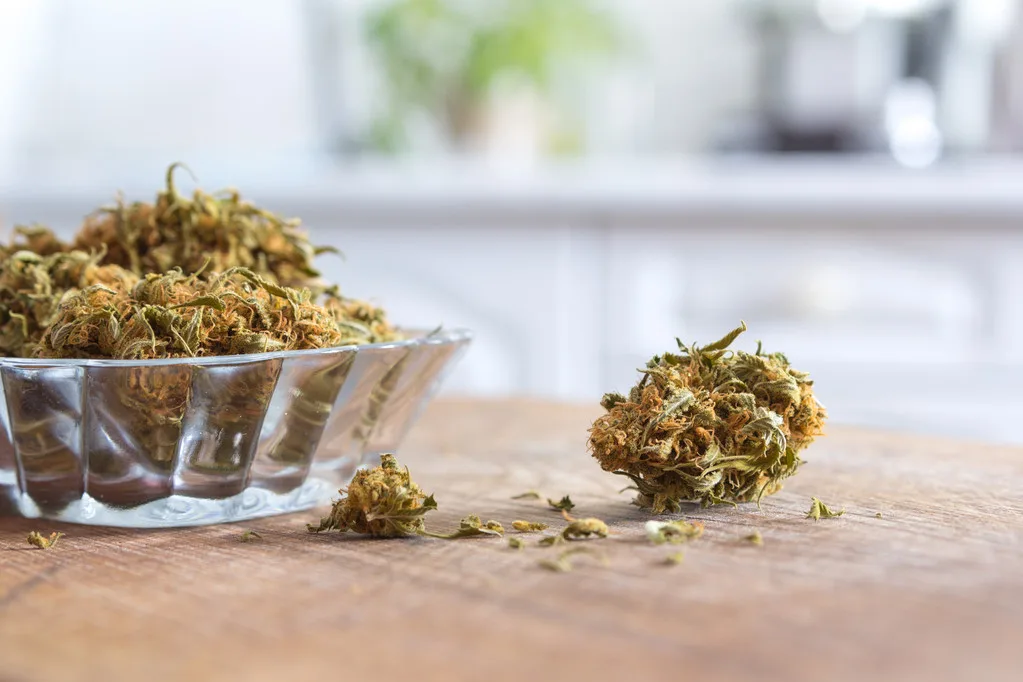The federally funded and annual Monitoring the Future (MTF) has released updated marijuana consumption data.

The survey, funded by the National Institutes of Health and conducted by the University of Michigan, found that 44% of those 19 to 30 have used marijuana in the past year, while 29% have used it in the past month. The percentage of daily consumers has risen to 11%.
Among those aged 35 to 50, 28% have consumed marijuana in the past year, 17% in the past month and 7% use marijuana daily. All three numbers are all-time highs.
The percentage of those aged 19 to 30 who have used psychedelics in the past year has risen to 8%, significantly higher than five years ago (5% in 2017) and 10 years ago (3% in 2012).
Past-year hallucinogen use reached historically high prevalence among adults 35 to 50 years old, reported by 4% in 2022. The prevalence reported in 2022 was also a substantial increase compared to the year before (2% in 2021) and five and 10 years ago (no greater than 1% in both 2017 and 2012).
Among those 35 to 50, around 4% have used psychedelics in the past year, a historical high. Although this may seem like a small number, it’s double what it was in 2021 (2%) and quadruple the rate from 10 years ago (1%).
“This increase was driven by hallucinogens other than LSD, the prevalence of which significantly increased from over the past 5 years (from 3.1 percent in 2017) and 10 years (from 2.9 percent in 2012) to 7.0 percent in 2022″, states the report. MDMA, however, did not see the same increase with use staying relatively stagnant.
Past-year marijuana vaping was reported by 21% of adults 19 to 30 years old in 2022, the highest levels reported since the measure was first added in 2017 (12%), as well as a notable increase from the past year (19% in 2021) and five years ago (12% in 2017).
Among adults aged 35 to 50, reports of past-year marijuana vaping remained at similar levels (9% in 2022) since 2019, when these measures were first available in this age group.
“Over the past decade, rates of alcohol use – including past-month use, daily drinking, and binge drinking – have shown an overall downward trend for adults 19 to 30 years old”, states the report. “Past-year drinking slightly increased for this age group in 2022 (84%) compared to five years ago (82% in 2017).”
Alcohol use among adults aged 35 to 50 has shown a gradual increase over the past 10 years, with past-year drinking increasing from 83% in 2012 to 85% in 2022. Binge drinking in this older group reached its highest levels (29% in 2022), and increased over the past year, five years, and 10 years (26% in 2021; 25% in 2017; 23% in 2012).
The study also showed that past-year use of cigarettes, sedatives, and non-medical use of opioid medications (“narcotics other than heroin”) showed a 10-year decline for both adult age groups. Reports of past-year amphetamine use continued a 10-year decrease among 19- to 30-year-olds and a 10-year increase among 35 to 50 year-olds. Drug use trends among college and non-college young adults, demographic subgroups, and other additional data are also included in the report.
“The value of surveys such as MTF is to show us how drug use trends evolve over decades and across development – from adolescence through adulthood,” said Megan Patrick, Ph.D., a research professor at the University of Michigan and principal investigator of the MTF panel study. “Behaviors and public perception of drug use can shift rapidly, based on drug availability and other factors. It’s important to track this so that public health professionals and communities can be prepared to respond.”
This publication was written by the principal investigators and staff of the Monitoring the Future project with funding from the National Institute on Drug Abuse (research grants R01DA001411 and R01DA016575). You can find the full report by clicking here.







